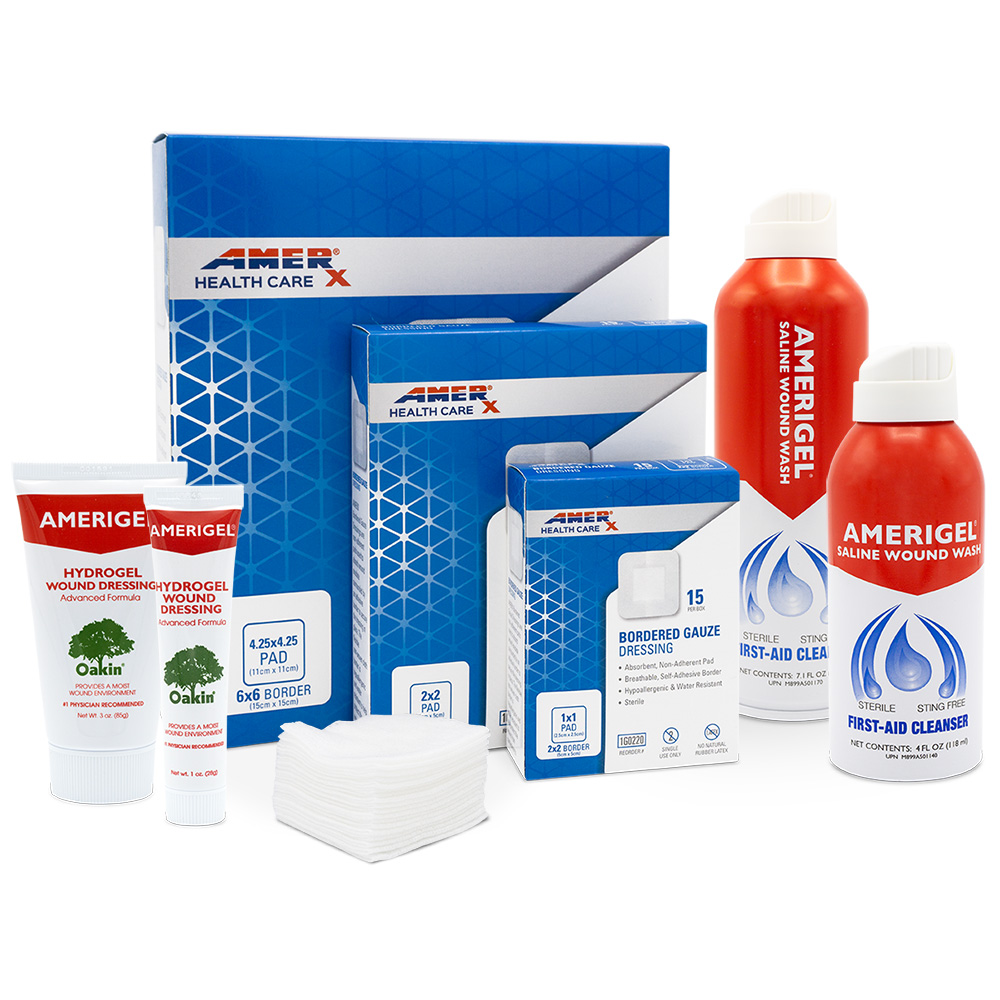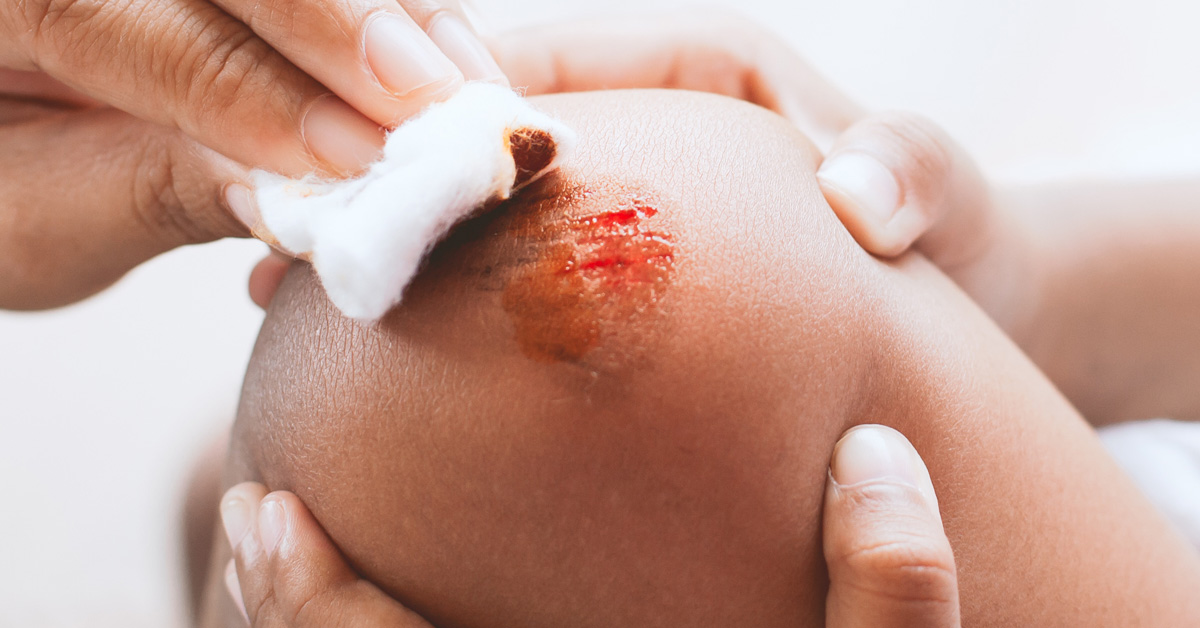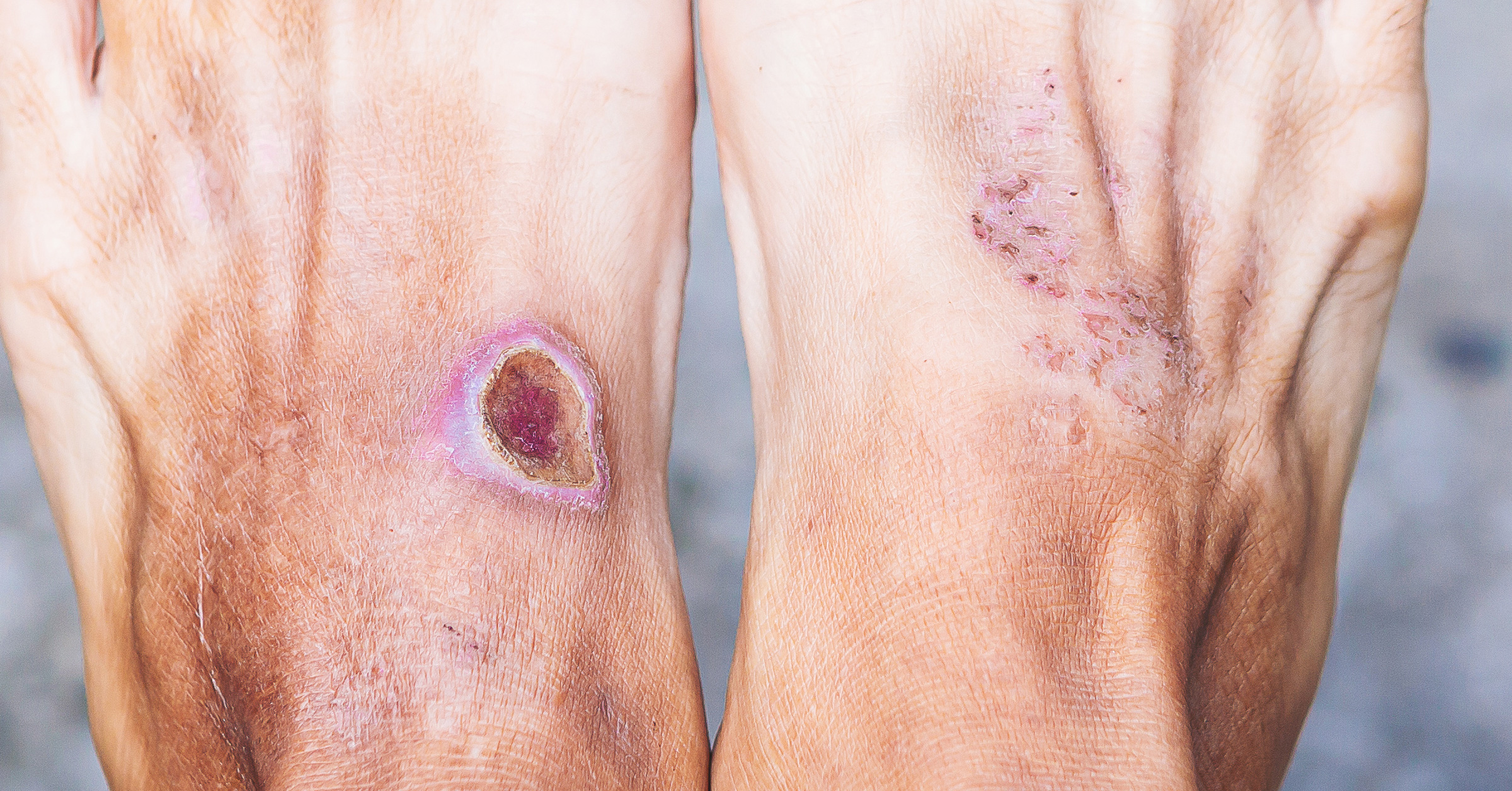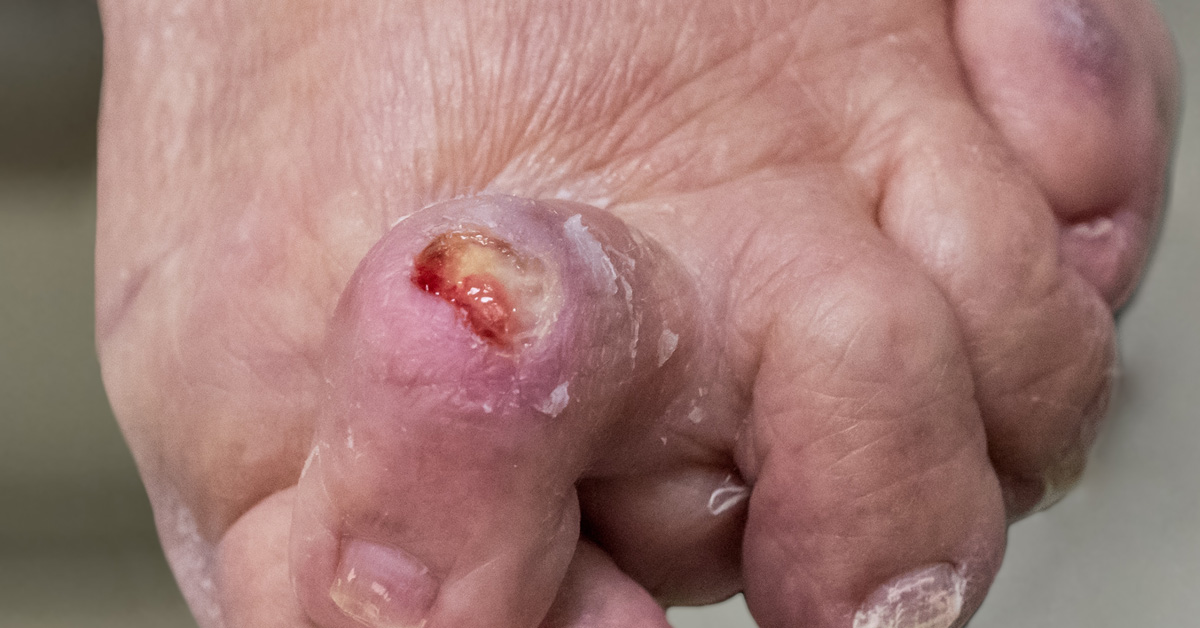Burns
What is a Burn?
Burns are wounds caused by thermal, electrical, chemical, or electromagnetic energy. Smoking and using an open flame are the leading causes of burns in older adults. The most common type of burn injury in children is scalding.
Almost half a million Americans go to the doctor every year because they were burned by accident. Most first-degree burns and second-degree burns can be healed at home. Burns of the third degree and fourth degree can be life-threatening and need special care from a doctor.
What Causes Burns?
Burns can be caused by thermal, radiation, chemical, or electrical contact.
- Thermal Burns – Heat sources cause these burns by making the skin and tissues hotter, which destroys tissue cells or “chars” them. Thermal burns can be caused by contact with hot metals, scalding liquids, steam, or flames.
- Radiation Burns – These burns are caused by prolonged exposure to the sun’s ultraviolet rays or other sources of radiation, such as X-rays.
- Chemical Burns – Strong acids, alkalies, detergents, or solvents that come into contact with the skin or eyes cause these burns.
- Electric Burns – Electrical current, either alternating current (AC) or direct current (DC), causes these burns.
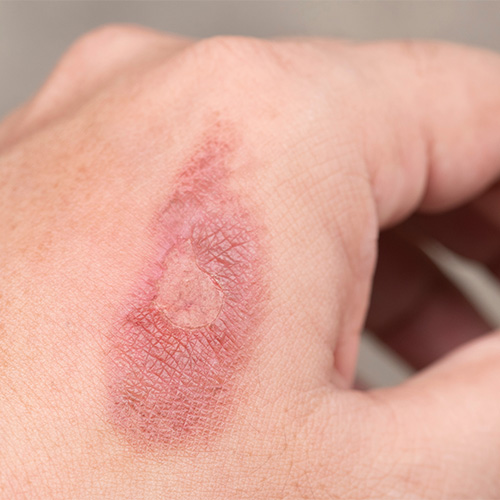
What are the Symptoms of Burns?
Pain is not always a good indicator of how severe a burn is. For example, a burn that is more severe may hurt less. Burns and scalds are very painful and may cause one or more of the following symptoms:
- Pain
- Red or peeling skin
- Blisters
- Swelling
- White or charred (black) skin
What do the Degrees of Burns Mean?
Burns are classified into different categories based on how deep and severe they go into the skin. There are first-degree, second-degree, third-degree, and fourth-degree burns.
Minor Burns
Minor burns (first and second-degree) affect only the outer layer of the skin. People with first or second-degree burns may or may not need to notify their doctor or go to the emergency room.
- First-degree burns (superficial burns) only damage the top layer of skin, called the epidermis. The appearance may be red, painful, and dry — a lot like getting a sunburn.
- Second-degree burns (also called “partial thickness” burns) affect both the top layer of the skin (epidermis) and part of the layer below it (dermis). It may look red, have blisters, appear swollen, and be painful.
Major Burns
Major burns (third and fourth-degree) are more likely to lead to infection, shock, or death without immediate medical attention.
- Third-degree burns (also called “full thickness” burns), damage both the top (epidermis) and bottom (dermis) layers of skin. The injury may go into the innermost (subcutaneous) layer of the skin. It might look white or blackened and charred.
- Fourth-degree burns (also called “full thickness” burns) damage all the layers of skin (the epidermis and dermis) and can reach deep tissue (called “subcutaneous”), which may include muscle and bone.
How are Burns Treated?
For first and second-degree burns, immediately immerse the burn in cool tap water or apply cold, wet compresses. Do this for 10 minutes or until the pain eases.
AMERIGEL® Hydrogel Wound Dressing is a great way to speed up the healing of minor burns*. This advanced hydrogel technology helps burns heal faster by giving them the constant moisture they need to heal. Apply a thin layer of hydrogel wound dressing to the wound. Cover gently with gauze.
For third and fourth-degree burns, seek attention from a medical professional.
*Do not use AMERIGEL Hydrogel Wound Dressing on third and fourth-degree burns.
NOTE: If you are experiencing any symptoms suggestive of a medical emergency, always contact a physician or seek urgent care immediately.




